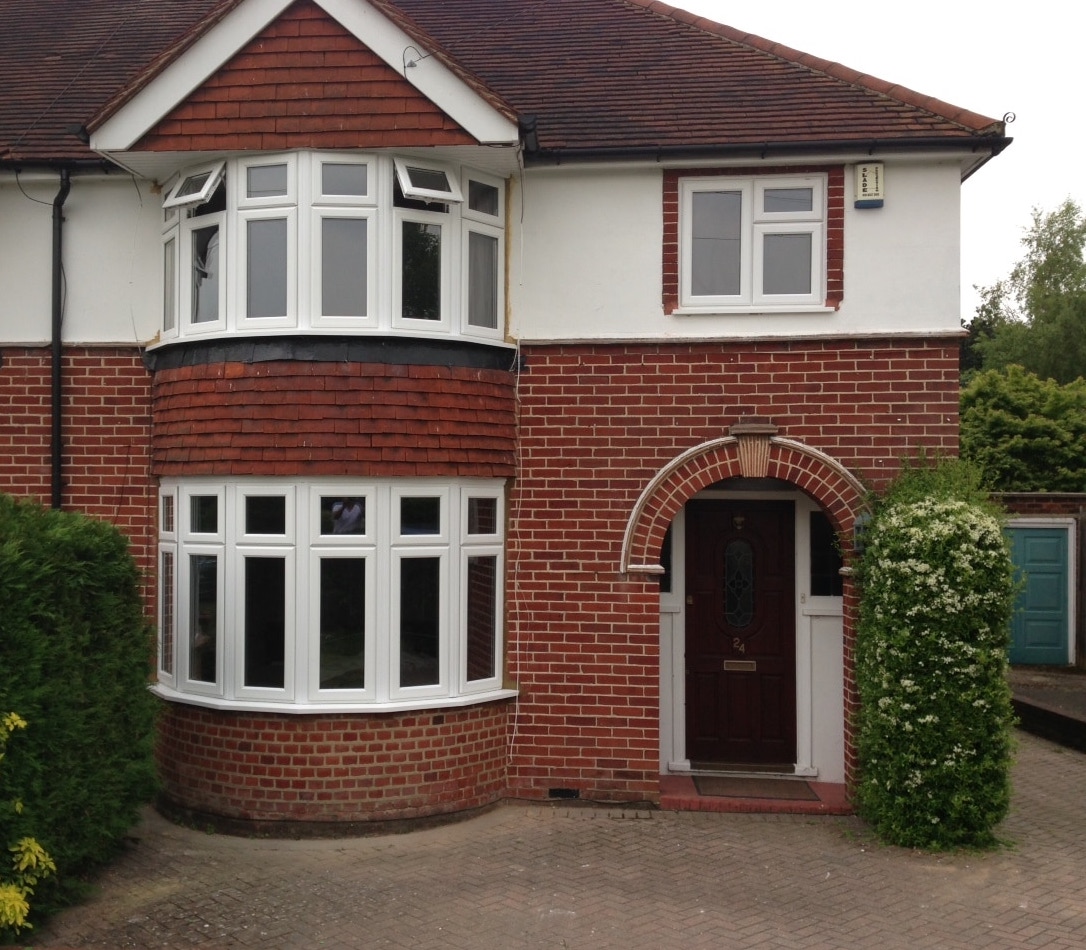Understanding Residential Bay Windows: A Comprehensive Guide
Bay windows have actually adorned homes for generations, providing both aesthetic appeal and practical advantages. Characterized by their unique structure that extends from the primary walls of a building, these windows change a simple room into a dynamic, engaging space. This short article looks into the attraction of bay windows, exploring their types, benefits, and practical factors to consider for house owners.
What Are Bay Windows?
Bay windows are a combination of 3 or more windows set at angles to produce a recess in the wall. They are normally composed of a main large window flanked by 2 smaller sized ones, forming a "bay" or nook. This architectural feature might be found in numerous styles, consisting of conventional, Victorian, and modern homes, and often extends outwards, providing additional space and natural light.
Kinds Of Bay Windows
- Canted Bay Windows: These are the most typical type, including a central window that extends outwards at a 30 or 45-degree angle with smaller windows on either side.
- Box Bay Windows: This type forms a box-like structure; the front is usually rectangle-shaped, while the side windows open at right angles to the wall.
- Oriel Bay Windows: Often found on upper floorings, these windows do not touch the ground, supported by brackets or corbels.
- Circle Bay Windows: Featuring circular shapes, these windows develop a softer appearance. They are less common and are often used to boost particular architectural styles.
Advantages of Bay Windows
The addition of bay windows can substantially improve a home's design and performance. Below are some benefits that property owners enjoy:
- Increased Natural Light: Bay windows permit more sunlight to enter living locations, reducing the need for synthetic lighting and producing a brighter environment.
- Enhanced Aesthetics: With their architectural sophistication, bay windows can elevate the visual appeal of a home, increasing its market price.
- Expanded Space: The extending structure produces a captivating nook for seating, plants, or storage, successfully increasing usable space without requiring extensive remodellings.
- Improved Views: Bay windows often supply more comprehensive sightlines, permitting property owners to take pleasure in the surrounding scenery more fully.
- Ventilation Opportunities: When developed properly, bay windows can improve airflow throughout a space.
A Quick Overview: Advantages of Bay Windows
| Advantage | Description |
|---|---|
| Increased Natural Light | More sunlight leads to a brighter living area |
| Enhanced Aesthetics | Sophistication increases property value |
| Expanded Space | Offers extra areas for seating or storage |
| Improved Views | Broader views of the outdoor landscape |
| Ventilation Opportunities | Better airflow leads to a fresher atmosphere |
Design Considerations for Bay Windows
When contemplating the installation of bay windows, property owners should think about different components associated to design, products, and placement:
1. Architectural Style
- Make sure the bay window matches the existing style of the home, maintaining a cohesive look.
2. Material Choices
- Common materials consist of wood, vinyl, aluminum, and fiberglass. Each has its own visual appeal, maintenance requirements, and insulation residential or commercial properties.
3. Window Configuration
- Choose the plan of the windows (e.g., double-hung, sash, or image windows) based on lighting, ventilation, and architectural cohesiveness.
4. Roofing and Finishing
- Think about adding a roofing over the bay window for defense and enhanced aesthetic appeals. Alternatives include gabled, curved, or flat roofs.
5. Location
- The positioning of the bay window need to take into consideration the sun's course, neighboring structures, and views.
Regularly Asked Questions (FAQs)
1. Are bay windows costly to install?
- The cost varies based on size, materials, and design intricacy. While initial expenses might be higher than standard windows, they typically offer long-lasting benefits in regards to energy efficiency and home resale value.
2. Can I install a bay window myself?
- While DIY installation is possible for skilled people, it is normally recommended to work with a professional to guarantee correct design, sealing, and structural stability, specifically if changes to the home's exterior are included.
3. How do bay windows effect energy performance?
- Appropriately set up bay windows can boost energy performance by optimizing natural light and reducing heat loss. Think about choosing energy-efficient glass and window frames to lessen energy expenses.
4. What home furnishings work well with bay windows?
- Property owners typically select built-in seating, such as benches, relaxing cushions, or decorative plants to make the most of the prolonged area.
5. Do bay windows require special upkeep?
- Regular cleansing of the glass and checking for any water damage or sealing issues are important. The specific maintenance regime depends on the materials used.
Residential bay windows are more than simply a captivating architectural information; they use a myriad of advantages that can elevate both the functionality and look of a home. While Licensed Bay Window Installers of design, cost, and maintenance is necessary, the long-term advantages typically outweigh the preliminary financial investment. Whether enhancing a traditional home or adding a modern twist to a contemporary design, bay windows serve as a classic option for homeowners aiming to buy their spaces.
In summation, bay windows can change any living area, supplying charm, comfort, and a connection to the world outside. As house owners evaluate their choices, it's clear that these captivating functions are deserving of consideration in both design and planning.

